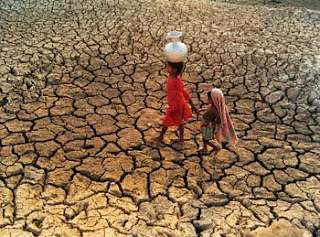Setbacks To World Peace

Setbacks To World Peace By Dr Arvind Kumar According to the latest edition of the Global Peace Index, an annual ranking of 153 countries, the world became slightly less peaceful in 2010, punctuated by violent uprisings in North Africa and the Middle East, but also marked by successes in countries like Slovenia and Georgia. It is further revealed that the average world peace score dropped by just over 1 percent -- a number that may seem small, but which represents the continuation of a steady slide, as well as some dramatic recent events. Published by Australia's Institute for Economics and Peace, the index is the first in the crowded world of think-tank-produced rankings to try and quantify the philosophically challenging idea of peace. The data, obtained from the United Nations, rights groups, and other sources, reflects more than 20 internal and external indicators of peace, including the number of deaths from conflict, the threat of terrorism, the likelihood of violent








